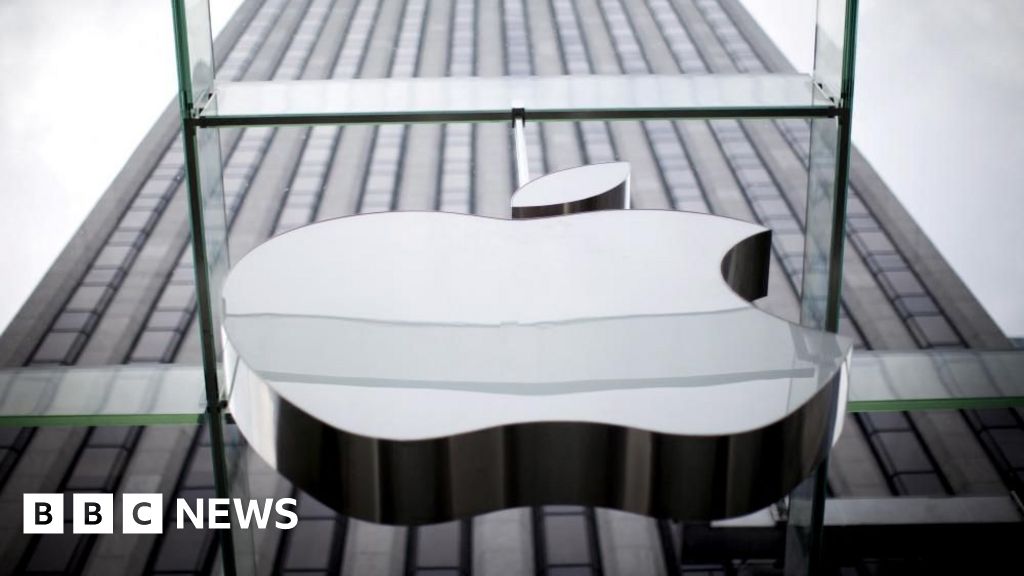ARTICLE AD BOX
By James Clayton
North America technology reporter
image source, Getty Images
Twitter has announced a new feature allowing accounts to self-identify as bots, by adding a label to their profile.
Twitter said the update was based on research that found that people wanted more context about non-human accounts.
The company gives several examples of "good bots" including accounts that share vaccination updates, information about seismic activity or material from public museums.
The move will not be mandatory.
The company will continue to remove inauthentic accounts it deems to break the company's platform rules.
Bots are often associated with misinformation on social media platforms - and have caused a major headache for the company.
A study by Carnegie Mellon University last year found that nearly half of the Twitter accounts spreading messages on the social media platform about the coronavirus pandemic were likely automated accounts.
Twitter has removed tens of millions of suspected bot accounts in recent years.
Yet some automated accounts are seen by Twitter as having a positive impact on the platform.
One account Twitter highlighted as a "good bot" live tweets every time there is an earthquake in San Francisco.
Another tweets public domain works from the Drawings & Prints department at New York's Metropolitan Museum.
Twitter had previewed the system in May, in an attempt to give people more information to differentiate automated from human-run accounts.
The company believes the labels will increase the legitimacy of such accounts and build trust and transparency with their audiences.
Twitter said they were launching it to a small number of developer accounts, and was planning to roll it out all developers by the end of the year.
However it's not clear how many automated accounts will take up the offer, or whether the owners of many of these accounts would want to advertise that they are not run by humans.

 3 years ago
67
3 years ago
67








 English (US) ·
English (US) ·